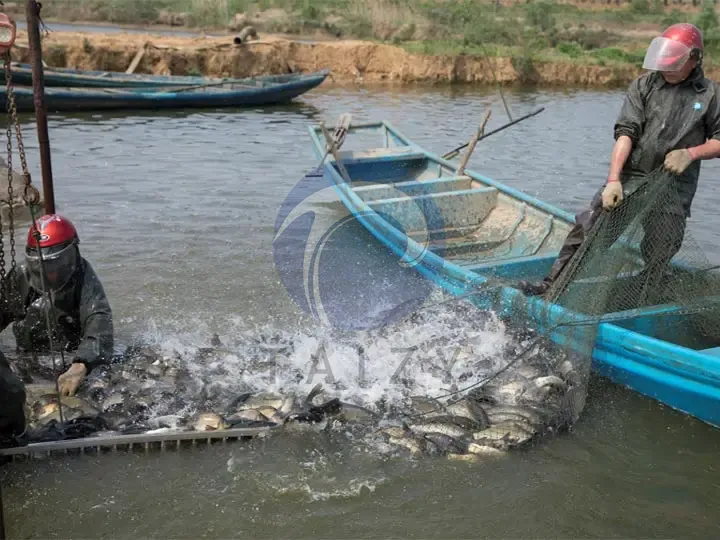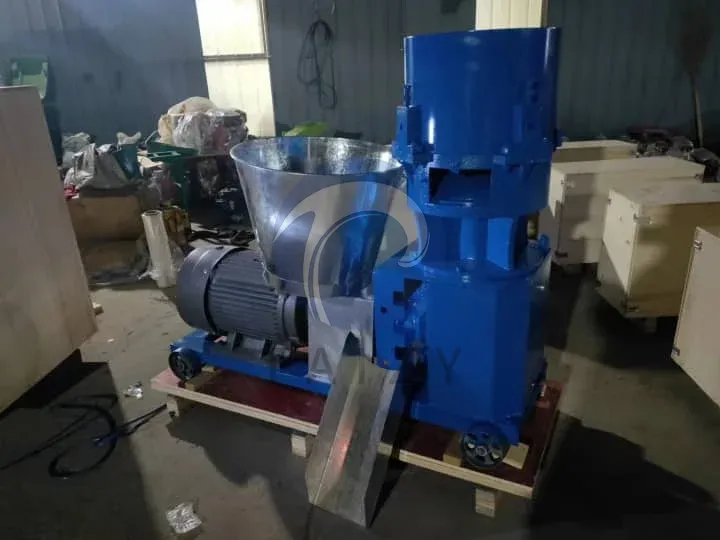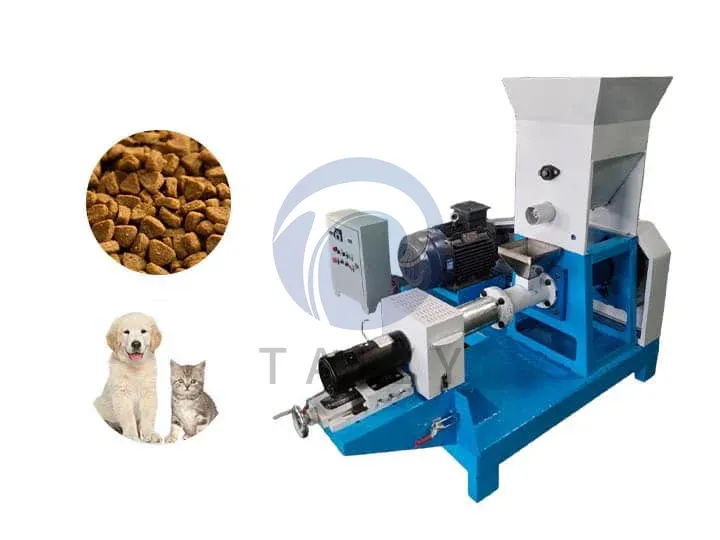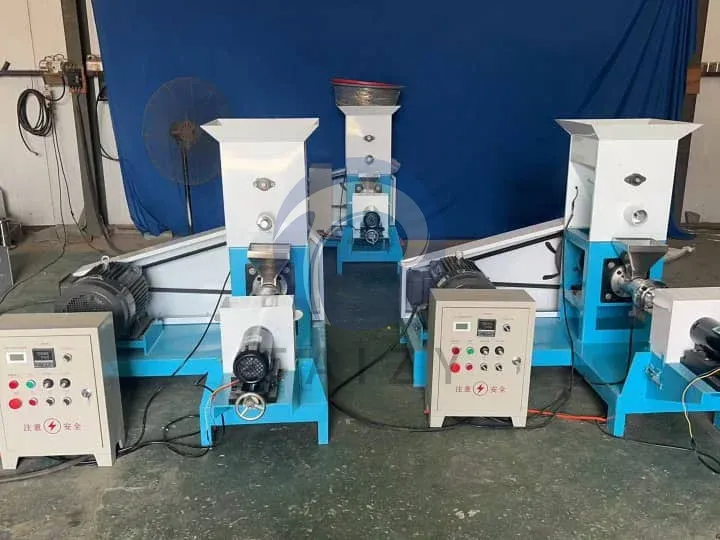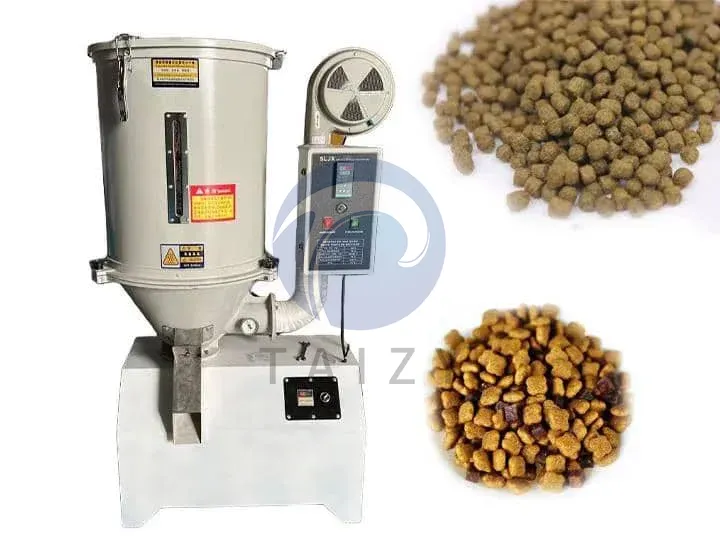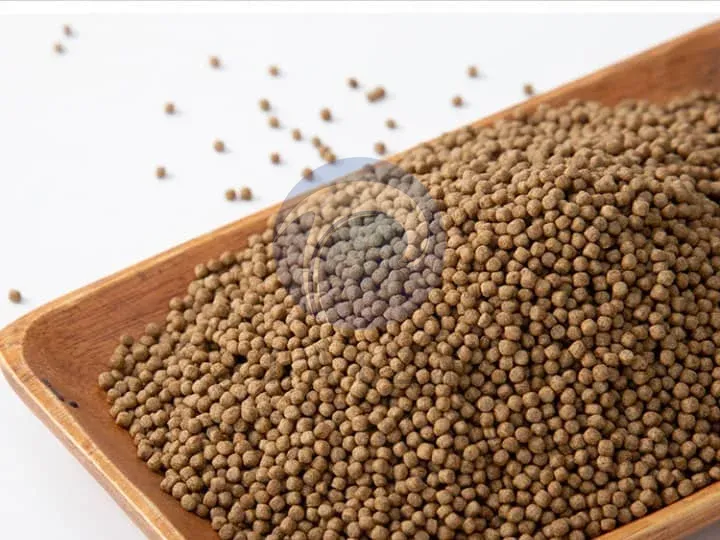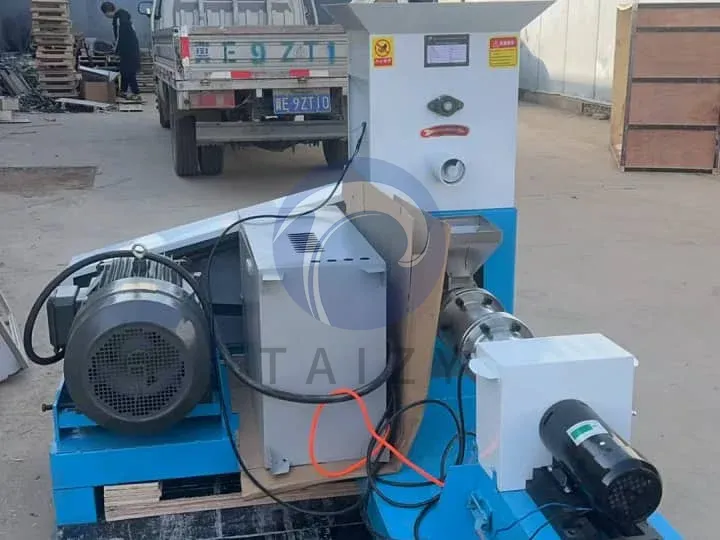Fish feed pellet ratios that do not meet fish requirements, an unstable supply chain, long transportation times, and fluctuating prices are common problems for most fish farms. Therefore, most fish farms choose to make their fish feed to save costs and control production, thereby avoiding unnecessary waste.
But, how to achieve it and what should you do to have such actions? Here are some keys you should know for making floating fish feed by yourself.
What are the advantages of homemade fish feed pellets?
Before talking about its formula, we should know if this means is useful for your situation. Will it give you more economic benefits or more trouble?
- Fish feed can be produced using local resources, which not only saves money but also promotes the consumption of surplus agricultural products. So if the place you live is rich in agricultural products, making self-made pellets is a good choice.
- Controlling the production by yourself can effectively avoid losses caused by the untimely fish feed supply. If you feel anxious every time you transport floating feed from your supplier, or are worried about the transportation time, price increase, homemade fish feed pellets are also a good idea for you.
- Maximize farming profits by reasonably adjusting the feed ratio according to the growth needs of fish at different stages. If you like to be in control of everything, then you are the perfect person to make your fish food.
Simple recipe for making floating fish feed
We know that protein, fat, carbohydrates, minerals, and vitamins are important nutrients for fish growth. So our recipe should include them.
- Protein is essential for the growth of fish muscle and organs and the synthesis of enzymes. You can choose soybeans, peas, fish meal, chicken meal, etc, as the components in fish feed formulations.
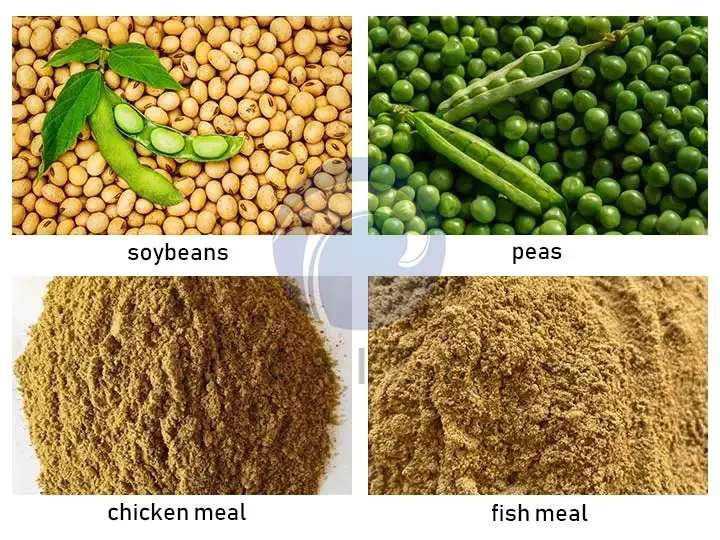
- Fat is the main source of energy for fish. It can effectively enhance the immune system of fish and promote the absorption of certain vitamins (Be careful, too much fat can cause health problems and greatly shorten the shelf life of the feed). Soybean oil, corn oil, fish oil, beef tallow, rapeseed oil, and coconut oil can all be chosen.
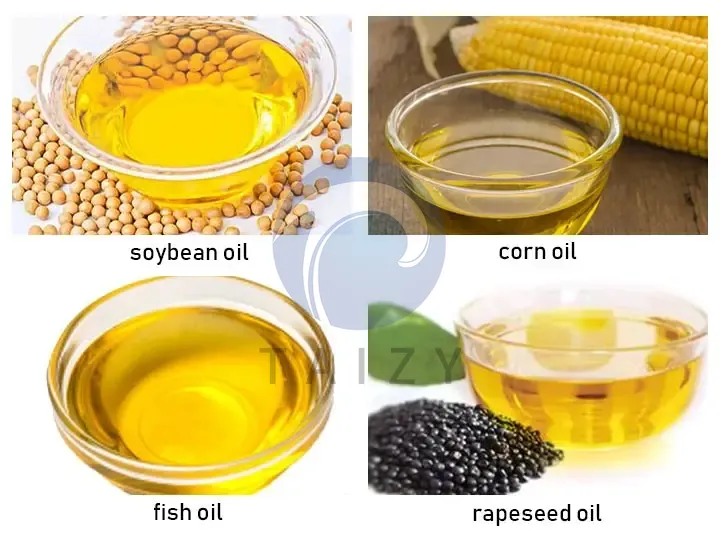
- Carbohydrates are mainly used as a source of energy, helping fish meet their daily metabolic needs. Corn, barley, rice, potatoes, beet pulp, and other by-products are all good choices.
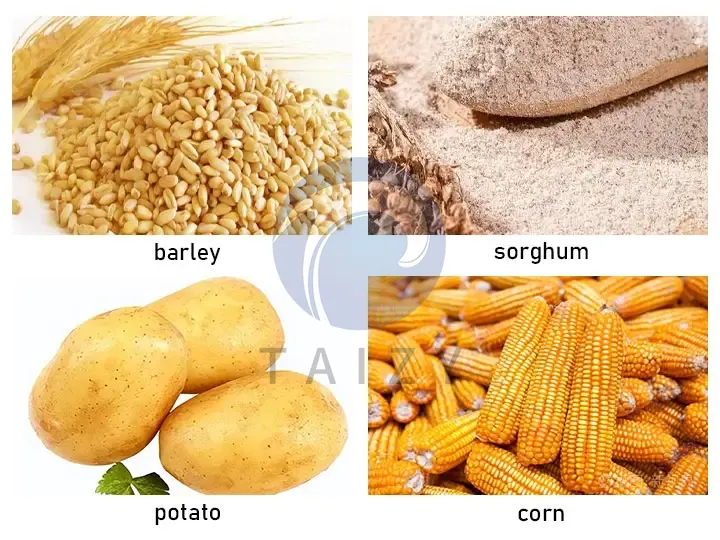
- Vitamins help improve fish disease resistance and promote digestive health. It is ideal for adding to feed, and after processing, fish can digest and absorb it more easily.
- Fiber promotes digestive health and aids intestinal peristalsis in fish. An adequate amount of fiber can reduce problems such as indigestion and constipation. It comes from plant-based ingredients such as grains, legumes, and vegetable by-products.
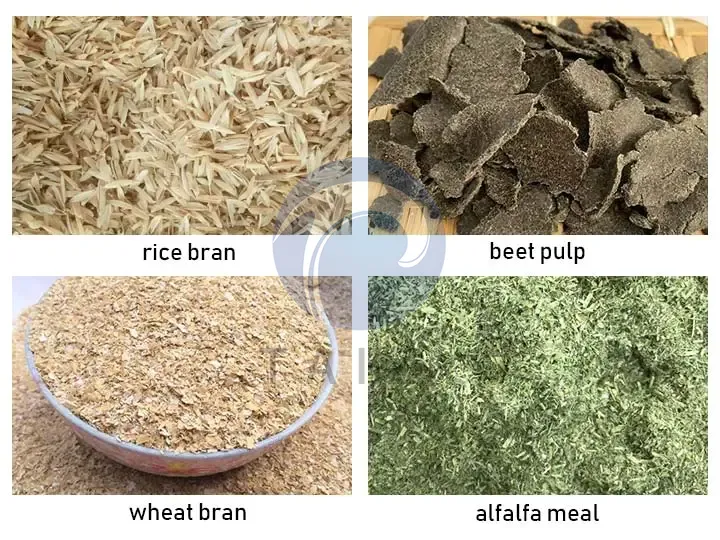
Since fish have different growth requirements, I have summarized a simple fish feed formula table.
| Fish types | Salmon | Tilapia | Grass carp |
| Protein | 40% – 50% | 25% – 35% | 20% – 25% |
| Fat | 15% – 25% | 6% – 12% | 5% – 10% |
| Carbohydrates | 10% – 20% | 30% – 50% | 40% – 50% |
| Fiber | lower than 5% | 3% – 5% | 10% – 15% |
Feed formulations need to be adjusted according to the growth stage of the fish.
- During the fry stage, fish feed pellets should provide high levels of protein and energy.
- During the growth and adult stages, the proportion of protein can be reduced appropriately, and the proportions of carbohydrates and fat will increase to support stable growth.
Process and equipment required for making floating fish feed pellets
The easiest way to produce fish feed is to use a fish feed pellet machine; an automatic machine can help you make it easy.
Here is a video about the complete process of making pellets. You will see how effective and easy make fish feed by yourself!
If you are interested in our product and want to make your floating fish pellet for your fish farm, don’t hesitate to contact us!
Want to know more details about the floating fish feed pellet machine? Click the link to know more!

